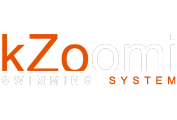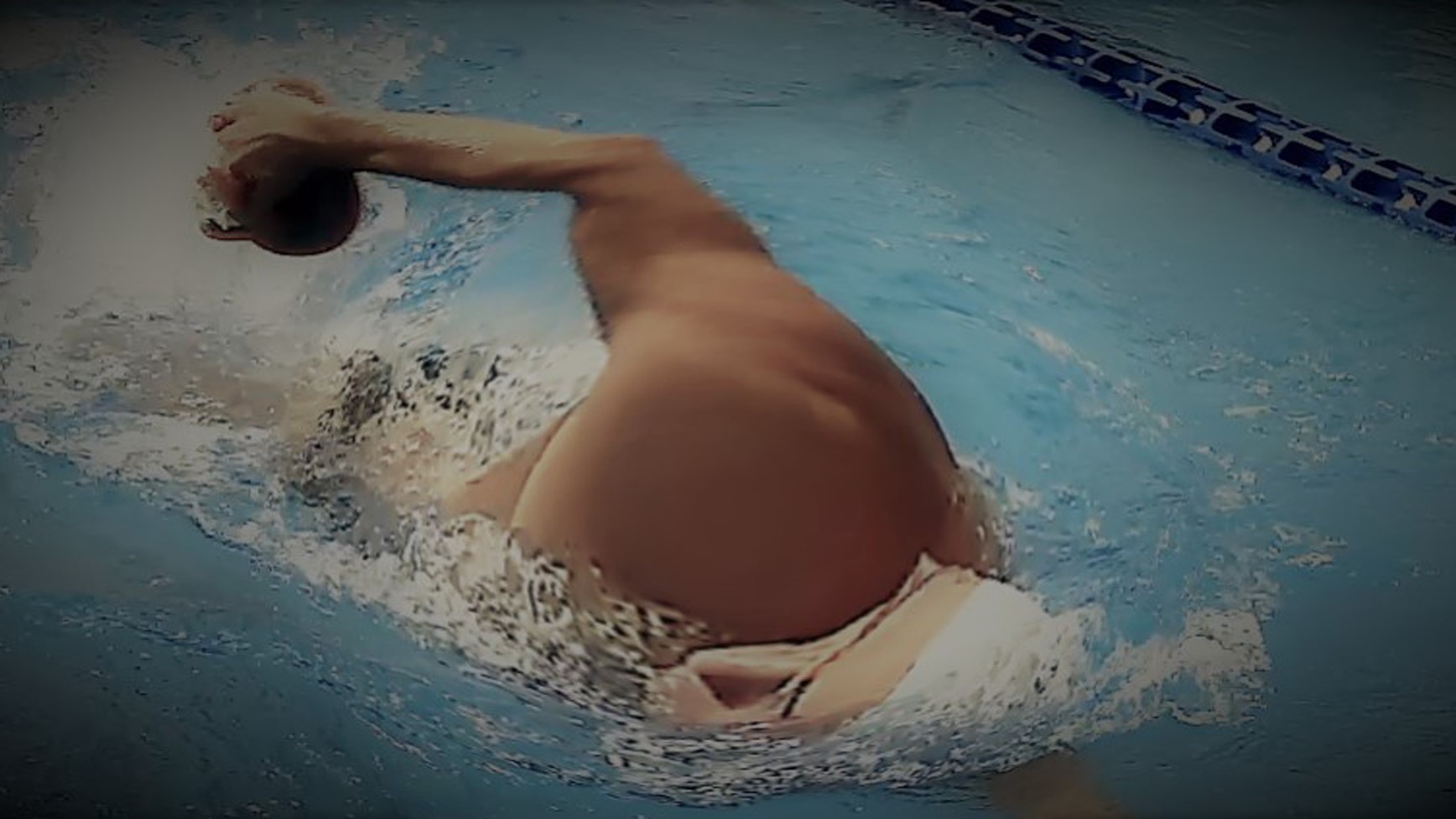Swimming and types of reality
Over the years, it is fascinating, while at the same time exasperating, observing the great differences in perception most swimmers and triathletes have. Understanding this situation is basic in order to introduce our goals to the minds, and later to the swimming strokes of our athletes. Our sportsmen capture a very different reality through their senses, some more than others. This is called Naive Reality and it is the personal situation each one receives conditioned by their own senses. In addition, we find the Absolute Reality, which is what exists objectively around us and we cannot perceive, since we are not made for that purpose. Only a very small part of that reality, a tiny part, comes to us. An even insignificant part of what reaches our senses will become a captured stimulus, of which a minuscule portion will become emotion. An emotion that will be processed and intellectualized in the form of feeling, generating the Propitious Reality. It can only be achieved by human beings through their senses and with that insurmountable reduction. This allows us to transform Naive Reality into Propitious Reality, which can be configured, organized and used; and both are influenced by the same SPACE-TIME. Thanks to that, humans can deal with Absolute Reality.
The explanation for all this reduction in the number of stimuli we could have access to is found in the senses, understood as sensorial organs and as outsourced prolongations of the Central Nervous System. Senses are responsible for capturing the stimuli, but not all them, only those they are prepared to detect. Thus, senses become "reality filters", resulting in the reality called naive. We refer to Naive Reality when we believe that what we see, hear, touch, smell or taste is the Absolute Reality, while what we should think is that it is only a sensory interpretation of a part of the reality, as well as being subjective.
Let's do a very simple fieldwork:
1.- Ask a swimmer or triathlete how their breath in crawl, how their hands come in the water, how they execute the grips, how their feet are placed in breaststroke, or any other question related to their body scheme in action.
2.- Record these actions from different angles.
3.- Project the execution and look at their faces…
We will understand the process that we just described perfectly and the athlete will have the feeling we have manipulated the camera or there is some kind of magic trick behind all of this.
This distortion between what we feel and what we do is the tool coaches and sportsmen should use to accomplish the ideal motor pattern, individualized in each athlete, of course, and taking into account "always" their personal characteristics, during trainings, helped by the materials, by the instructions and their design.
Our body collects fragments of reality and analyzes them in an cohesive way (not fragmented) permitting the global interpretation of sensorial perception. We train integrating our perceptions, conjuring them up in a single experience, which we can break down intellectually. But we use them globally while swimming, and our learning and training should be built from this point of view, in most cases.
When we grasp the process and we know that a part of the Absolute Reality (the one we saw in the recording) can be changed and transformed into a Propitious Reality, a new reality is born: the "Dialogue Reality". The explanation of this reality, in which all that stimulus reduction happens, depends on the source, on the means of transport and on the subject's perceptive capacity.
kZoomi's Proactive Swimming will sequentially offer you different strategies to attach your proactive materials to proposals that will help you understand and being understood by your sportsmen, swimmers or triathletes.
We keep on working…
J. Bonal Pedrón
Share this article




